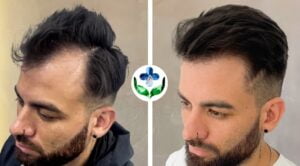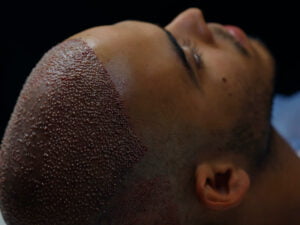FAQ FOR HAIR TRANSPLANT IN COLOMBIA
The most frequently asked questions about hair transplant in Colombia
Frequent Asked Questions about Hair Transplant in Colombia.



HAIR TRANSPLANT
ARTAS ROBOTIC SURGERY
FOREIGN PATIENTS
Questions? We are here to help
Hair Transplant Blog

Hair Transplant in Colombia: Real Reviews and Life-Changing Transformations
More people are choosing Colombia for their hair transplant journey, with searches for hair transplants in the country increasing between 15% to 65% each year,

Digital Imaging allows for the utmost precision
The ARTAS® robotic system is useful because each person has a unique hair pattern and this the technology eliminates the possibility of human error so

Traveling to Colombia for Hair Transplant GUIDE
Traveling to Colombia for Hair Transplant GUIDE We can determine the grafts if you send us pictures of your head from the front, back, top

FUT Hair Transplant Procedure
The doctor will first check the donor area, which is usually the back of the head. This is done to see the condition of the

African – american hair transplant
What Are The Causes Of Hair Loss In African american? Individuals with curly or afro-textured hair are more likely to experience hair loss or alopecia

Post hair transplant care
The first thing you should know is that hair transplants are performed under local anesthesia; this is applied to the surface of the scalp. It
